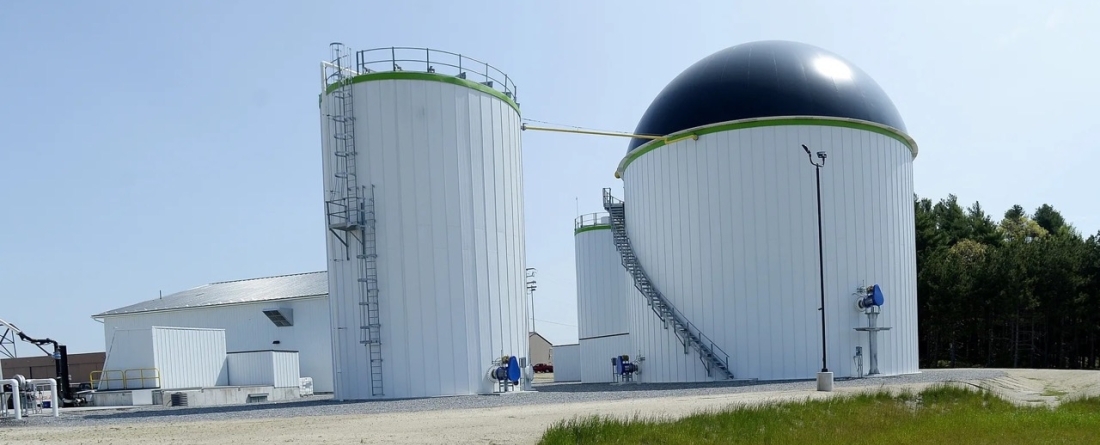
Behrendt, J., Smith, S. J., Yu, S., Chen, S., Zhang, H., Zhu, M., Williams, J., Cheng, X., Ashok Dule, A., Li, W., Cui, R., & Hultman, N. (2025). United States and China anthropogenic methane emissions: A review of uncertainties and collaborative opportunities. Earth's Future, 13(6), e2024EF005298.
- Both the U.S. and China have a wide range of methane emissions estimates, though the magnitude of the ranges varies across the countries
- There are several shared sources of uncertainty in methane emissions in both countries, including in the waste and livestock sectors
- Both countries can collaborate to improve data availability and develop strategies for reconciling differences across estimates
Abstract
Methane emissions have attracted substantial attention internationally. The U.S. and China, as two of the largest global methane emitters, play a particularly important role in determining global methane emission trends and have recently expressed intentions through joint statements to collaborate on key methane-related work. Current methane emission estimates are highly uncertain, given that methane emission factors (i.e., the emissions intensity of different activities) are highly dependent on local conditions. This analysis evaluated around 50 estimates of anthropogenic methane emissions in the U.S. and China across all major sectors to identify areas of uncertainty and highlight opportunities for cross-country collaboration. Shared sources of emissions with large variation in estimates and limited sector and region-specific analyses include waste and livestock emissions, as well as abandoned fossil production sites (coal mines and oil wells), which present opportunities for knowledge sharing and joint leadership. Key areas for collaboration include improving data collection, monitoring, and availability to develop more detailed emission factors that take into account local conditions and temporal sources of emissions. A collaborative approach to developing a transparent, multi-scale emissions inventory and evaluation processes that integrate multiple methodologies into national emissions estimates would improve the accuracy of emissions estimates and better inform mitigation strategies and policy discussions.
